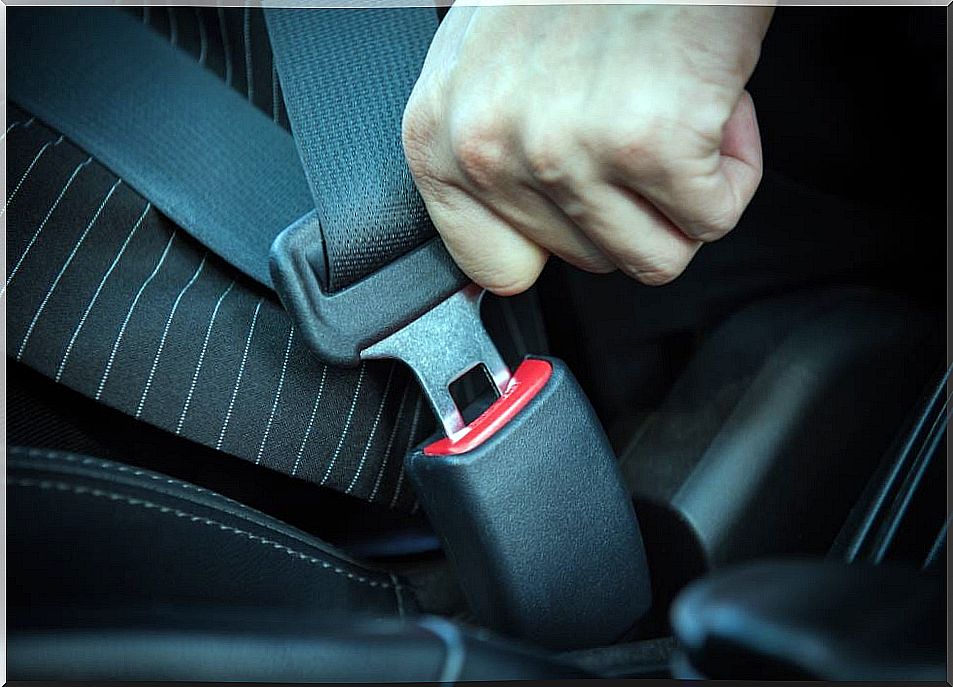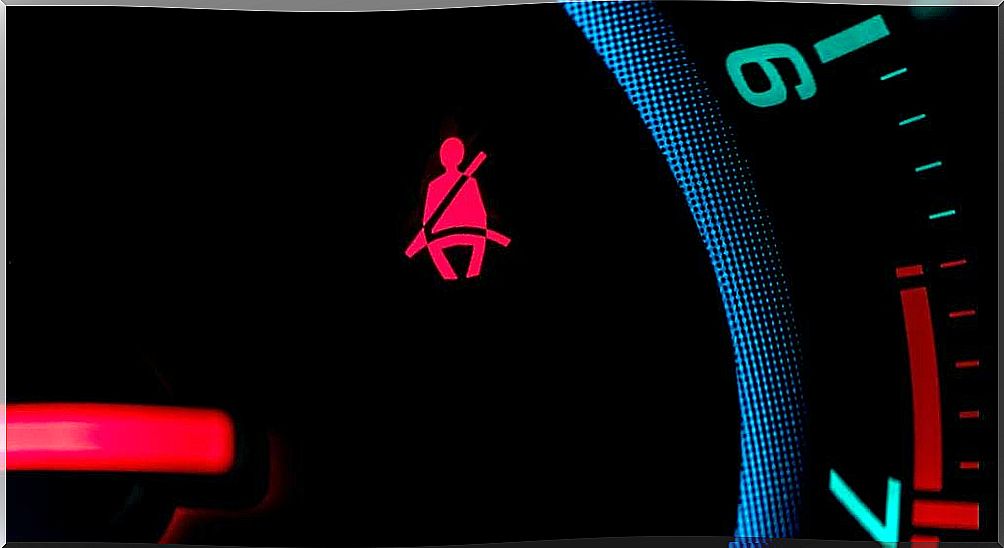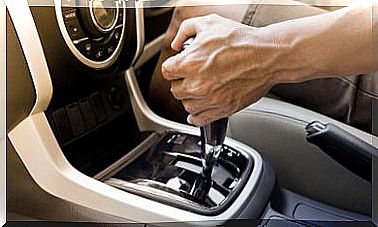The Seat Belt: History And Effectiveness

1959 was key to road safety, since that year, the Swedish Nils Bohlin invented the seat belt, although it was not until long after that drivers became aware of the need for its use. Today, this implement is part of the traffic regulations throughout Europe.
Today it is estimated that this invention saves an average of 100,000 lives per year worldwide. In short, we are talking about the most effective implement when it comes to protecting drivers and passengers during a traffic accident. But let’s get to know a little more about the seat belt.
History: a Swedish invention more current than ever
Nils Bohlin was a Swedish engineer hired by the car manufacturer Volvo. Although the seat belt was an invention for airplanes, it was this who designed the belts with three anchor points.
Ford had also noticed this in 1956, and tried to incorporate it as a rather optional level part. But it was Bohlin and the Volvo brand who made the determination to put it in their 1959 Amazon model. This would be a key step that changed all history to the present.

Not content with implementing it in their vehicles, they did something much better : release the patent so that all brands could incorporate it. This event marked a milestone in road safety.
The seat belt mechanism
According to engineering tests, the force exerted by the seat belt on the body in an accident is about 1,000 kilograms. Under this dynamic, the body only moves about 25 centimeters during an impact and this is what can really save our lives.
Therefore, the tape must be tight to the body. Modifying the system with a clamp so that it tightens less or wearing thick clothing reduces effectiveness. In addition, to guarantee its correct operation, it must be placed at the appropriate height to avoid sudden contact with the neck.
The seat belt consists of three systems for its operation : angle lock, sensitivity lock and the load limiting system. The first prevents the tape from coming off, the second tightens when we go forward and the last allows some flexibility in the face of an impact.

Seat belt legislation and performance in Europe
The mandatory use of this implement in Spain was established in 1992. Of course, its use by the population seems to be more linked to the monetary effect of the sanctions than to the almost vital risk of not using it. The figures for its efficiency in Europe are much more encouraging than the attitude of many drivers.
On the other hand, in Sweden important statistical studies were carried out that linked its implementation with the decrease in road accidents. It is obvious that one of the central axes of preventive policies in the region goes through this security element.
But a long time ago automobile engineers had already shown their conviction in this Swedish invention and that is, as early as 1967 the seat belts had been placed on the rear seats of some models. Later, in 1993, the provision of placing a device on each seat became widespread.
Proven results
Today it is estimated that the use of this flexible tape reduces the risk of death from frontal impact in adults and children by almost 90%. In the event that the impact comes from behind, there is a 50% greater chance of surviving any accident.
The use of the seat belt has been complemented with another great invention: the airbag or airbag, whose integration into vehicles provides extra security.

Notably, Nils Bohlin’s creation was awarded as one of the 8 most influential inventions of mankind. The recognition was made at the time by the German Patent and Trademark Office.
Of course, this effective safety device is useless if drivers do not fully understand the importance of its use. The excuses are unnecessary : it is a proven fact that seat belts are a guarantee of life in the middle of an unfortunate incident.









